Australian Criminal Intelligence Commission
The Australian Criminal Intelligence Commission has today released the second report of the National Wastewater Drug Monitoring Program, revealing some of the highest methylamphetamine consumption levels were seen at some regional sites in Queensland, although cocaine and MDMA consumption in Brisbane and most regional sites was below the national average.
Minister for Justice, the Hon. Michael Keenan MP launched the report alongside Australian Criminal Intelligence Commission Chief Executive Officer, Mr Chris Dawson APM, in Perth.
Methylamphetamine remained the highest consumed illicit drug of those tested across all regions of Australia in the second report.
“The long-term trend identified by wastewater analysis in Queensland since 2009–10 has shown a consistent pattern of methylamphetamine consumption exceeding the consumption of other illicit stimulants,” Mr Dawson said.
“We already know that serious and organised crime groups are thriving on the profits generated through the illicit drug trade, with the price paid for methylamphetamine in Australia among the highest in the world.
“The ongoing methylamphetamine use in Queensland and Australia more broadly, drives the message that we need a multi-faceted approach to combating the illicit drug trade—it cannot be addressed by law enforcement alone.”
The second report of the National Wastewater Drug Monitoring Program found that of the substances tested:
- Estimated consumption of tobacco was generally highest in Queensland and Western Australia.
- Alcohol consumption in parts of Queensland was well below the national average.
- Similar to oxycodone, fentanyl levels were high in many regional sites, notably parts of Queensland.
“We are committed to providing a strong evidence base to inform policy and operational decisions and will continue working with our partners to connect, discover, understand and respond to the threat and harm caused by illicit drug activity,” Mr Dawson said.
For the second report, 37 wastewater treatment plants across Australia participated in the collection of wastewater samples covering thirteen substances. There were 10 sites tested in Queensland, with samples collected in October and December 2016, and February 2017.
The Australian Criminal Intelligence Commission received $3.6 million over three years from Proceeds of Crime funding for the National Wastewater Drug Monitoring Program and has commissioned the University of Queensland and the University of South Australia to undertake the program and prepare the research reports containing its findings.
The report is available from the Australian Criminal Intelligence Commission website.
